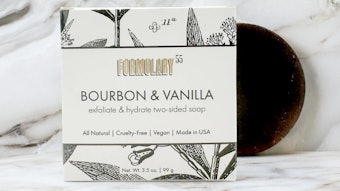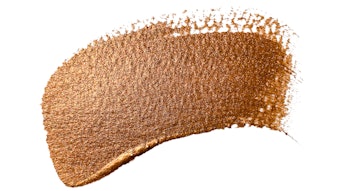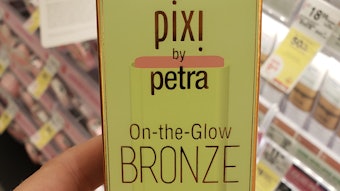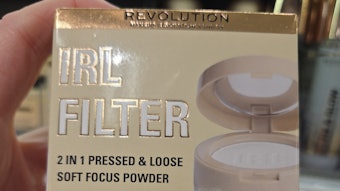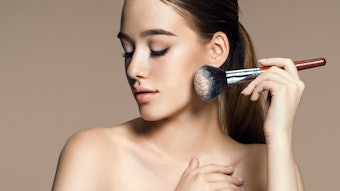Caramel has been used in the personal care industry as a natural colorant for many years.1 As the demand for natural personal care products continues to grow, the interest in caramel as a personal care colorant also has grown. Caramel is an approved colorant in the United States and Europe,2 yet little is understood about how the performance of caramel can differ in personal care formulations. The objective of this article is to provide a simple understanding of the different classifications of caramel and how they can be applied in personal care formulas.
All caramels are not the same. They are divided into four classes: plain or caustic caramel (Class I); caustic sulfite caramel (Class II); ammonia caramel (Class III) and sulfite ammonia caramel (Class IV). Caramel colors are amorphous, brownish materials resulting from the carefully controlled heat treatment of food grade carbohydrates in the presence of small amounts of food grade acids, alkalis or salts. The ingredients or raw materials used in the preparation of caramel color in the United States are listed in the Standard of Identity for Caramel (CFR 21, 73.85).2
Lab Practical: Incorporating Caramels
- The colloidal charge of caramel is strongly influenced by pH.
- Positively charged caramel should be used with positively charged ingredients such as cationics or proteins.
- Negatively charged caramels should be used with negatively charged formulations such as anionic surfactant systems.
- Purchase only the amount of caramel required for a one-year period, since its color changes and viscosity increases with age.





